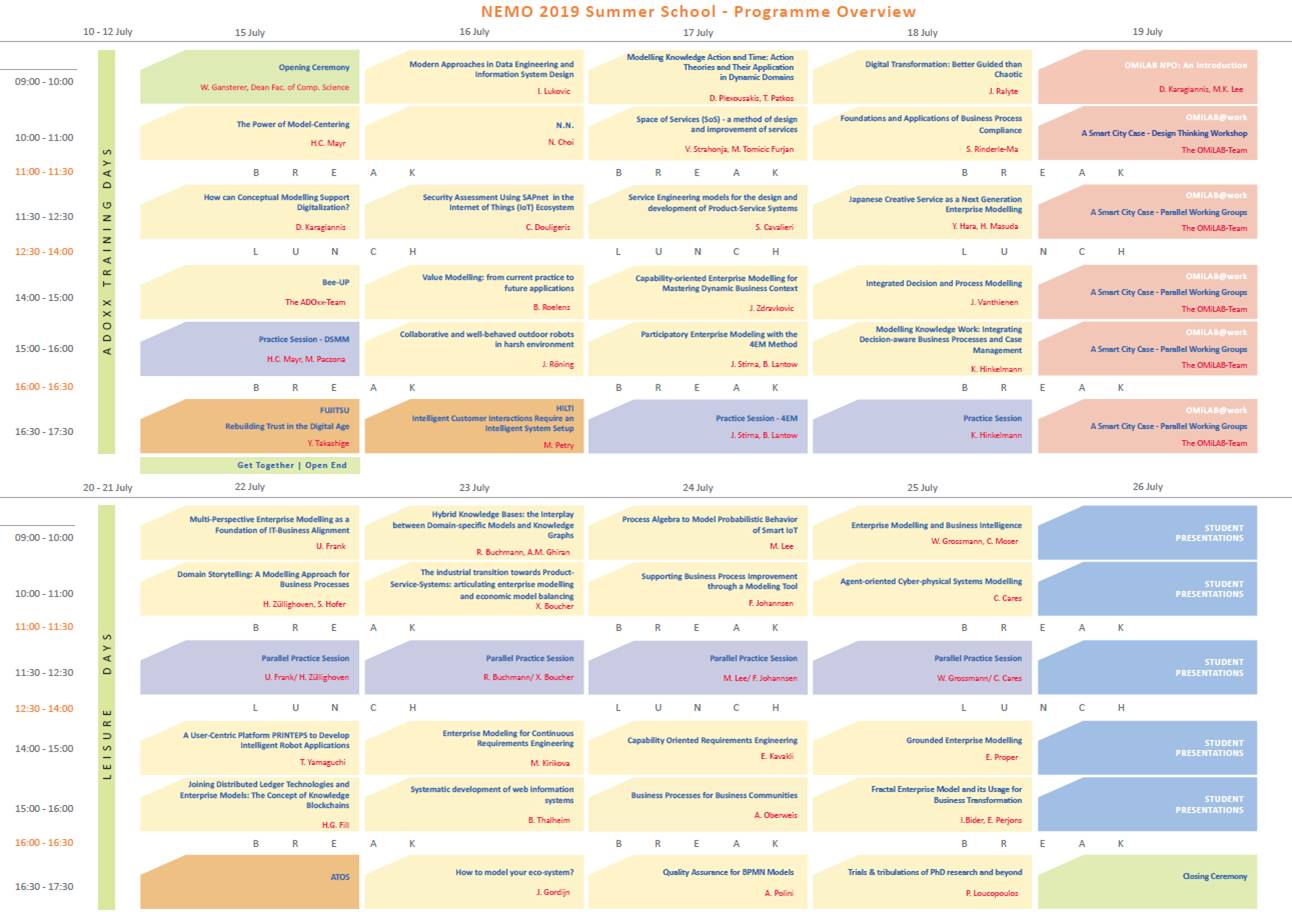
Modern Approaches in Data Engineering and Information System Design
Prof. Dr. Ivan Lukovic, Novi Sad University, Serbia
Abstract
For decades, in many, particularly complex organization systems, there is an open issue how to support information management process so as to produce useful knowledge and tangible business values from data being collected. One of the central roles in addressing this issue still play databases and information systems. In recent years, we are the witnesses of great movements in the area of business information management. Such movements are both of technological and methodological nature. By this, today we have a huge selection of various technologies, tools, and methods in data engineering as a discipline that helps in a support of the whole data life cycle in organization systems, as well as in information system design that supports the software process in data engineering. Despite that, one of the hot issues in practice is still how to effectively transform large amounts of daily collected operational data into the useful knowledge from the perspective of declared company goals, and how to set up the information design process aimed at production of effective software services in companies. This lecture is intended to address interdisciplinary character of a set of theories, methodologies, processes, architectures, and technologies in disciplines such as Data Engineering, Information System Design, Big Data, NoSQL Systems, and Model Driven Approaches in a development of effective software services. In September 2019, a workshop with the same title and acronym MADESID is organized in the scope of the ADBIS 2019 conference. The lecture will give a short overview of the main workshop contributions.
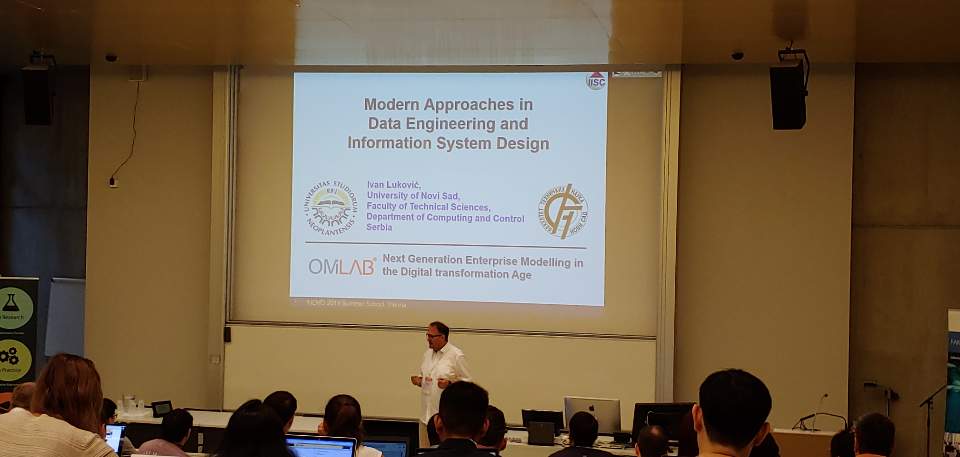
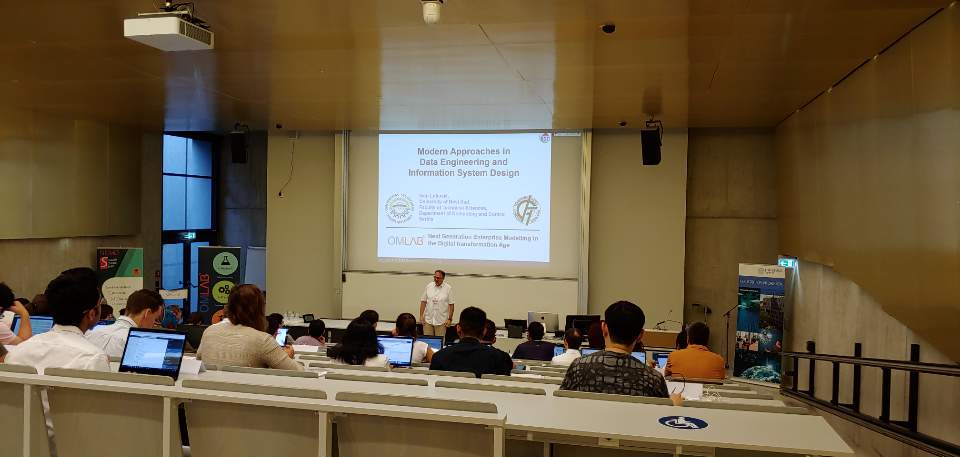

A Model-Based Method for Information Alignment: A Case Study on Educational Standards
Dr. Namyoun Choi, Milligan College, USA
Abstract
We propose a model-based method for information alignment using educational standards as a case study. Discrepancies and inconsistencies in educational standards across different states/cities hinder the retrieval and sharing of educational resources. Unlike existing educational standards alignment systems that only give binary judgments (either “aligned” or “not-aligned”), our proposed system classifies each pair of educational standard statements in one of seven levels of alignments: Strongly Fully-aligned, Weakly Fully-aligned, Partially-aligned***, Partially-aligned**, Partially-aligned*, Poorlyaligned, and Not-aligned. Such a 7-level categorization extends the notion of binary alignment and provides a finer grained system for comparing educational standards that can broaden categories of resource discovery and retrieval. This study continues our previous use of mathematics education as a domain, because of its generally unambiguous concepts. We adopt a materialization pattern (MP) model developed in our earlier work to represent each standard statement as a verb-phrase graph and a nounphrase graph; we align a pair of statements using graph matching based on Bloom’s Taxonomy, WordNet, and taxonomy of mathematics concepts. Our experiments on data sets of mathematics educational standards show that our proposed system can provide alignment results with a high degree of agreement with domain expert’s judgments.
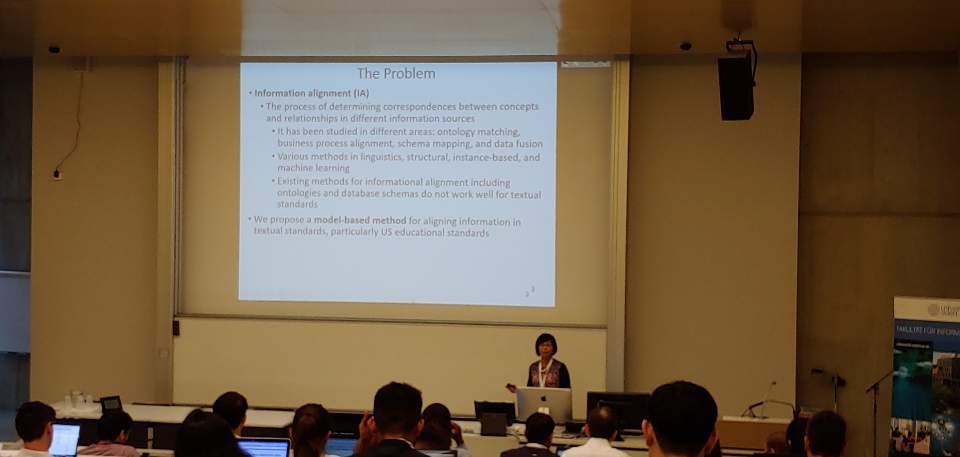
Security Assessment Using SAPnet in the Internet of Things (IoT) Ecosystem
Prof. Dr. Christos Douligeris, University of Piraeus, Greece
Abstract
In the Internet of Things (IoT) era, the computing devices, the machines and even the objects are given the ability of exchanging data by containing or carrying sensors, actuators and network interfaces. Since, oftentimes, this capability is present without supervision, it is very likely that increased security risks per device or object will appear. Therefore, a security assessment that aims at mitigating the risks is of high importance and ideally starts at the designing phase to minimize the impact of vulnerabilities. In the designing phase, this assessment can be applied on the corresponding implementation model. In this lecture, first a short introduction to the ADOxx meta-modeling SAPnet platform will be given. SAPnet includes the ontology toolkit for the Stochastic Petri net (SPN) modeling of the actors’ states and transitions. Additionaly, it is enriched with tools for an assessment procedure used to estimate the security level of a model based on the actor’s (i.e. devices, machines, objects) characteristics. Then, the lecture will walk through the assessment procedure and demonstrate how this procedure is assisted by the platform. Finally, an example implementation of an Intelligent Transportation System (ITS) life-cycle on SAPnet will be presented.
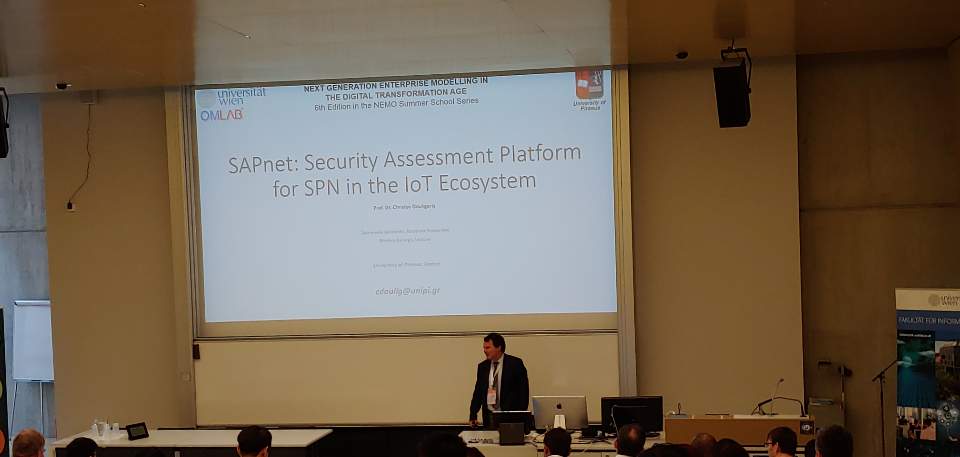
Value Modelling: from current practice to future applications
Prof. Dr. Ben Roelens, Open University, The Netherlands
Abstract
Value models are used to represent the organizational structure in terms of what an enterprise must do (i.e. processes) and needs (i.e. capabilities and resources) to create value and deliver it to the various stakeholders. As such, the notion of value enables the alignment of the strategy with the detailed process design in an organization. This lecture gives an overview of the current value modelling methods and the context in which they are used. This entails methods as e3-value, Value Network Analysis, and the Value Delivery Modeling Language. It is also discussed how the application of ontology patterns can further increase the semantic quality of value modelling methods. Finally, a future vision on the Value Modelling field is presented, which includes a more flexible development and use of new modelling methods in private and public organizations.
Collaborative and well-behaved outdoor robots in harsh environment
Prof. Dr. Juha Röning, University of Oulu, Finland
Abstract
Collaboration between robots of different domains is necessary in many disaster scenarios, for example by utilizing unmanned aerial vehicles (UAVs) for coarse area mapping and using unmanned ground and surface vehicles (UGVs and USVs) to perform environment manipulation. In this talk I will consider challenges with robots operating on harsh environment collaborating with humans and other robots. There are numerous robotics competitions, ranging from those of mainly educational purpose (e.g. FIRST Robotics Competition, World Robot Olympiad, BEST) to those whose goal is to inspire and promote new cutting-edge research with significant prizes (e.g. DARPA Robotics Challenge ) with numerous competitions being some mixture of the these two goals (e.g. NASA The Centennial Challenges, Intelligent Ground Vehicle Competition[16],International Autonomous Robot Racing Challenge , RoboRAVE , RoboGames , RoboCup ,VEX Robotics Competition, RoboSub , MATE, SAUC-E , Maritime RobotX Challenge, RoboBoat , International Aerial Robotics Competition, Student Unmanned Air System, UAV Outback Challenge ). ERL Emergency is a competition of this mixed category and its participants range from university students to experienced academic and industry professionals. Amongst all the listed competitions, ERL Emergency is unique in its incorporation of all the three main robotics domains of air, land and water. In ERL Emergency, successful teams must be able to set up and use highly heterogeneous and interconnected robots to complete highly complex search-and-rescue (SAR) and other emergency related tasks in varied environments. In short, ERL Emergency tests the capabilities of multi-robot systems (MRS) in SAR and other disaster scenarios. In this talk, the challenges and hands-on experiences on realistic scenarios and terrains are presented. It includes a series of event arrange in ELROB (European Land Robot Trial), euRathlon and now under umbrella of ERL. Also a new testing site, OuluZone, where the harsh weather conditions, unevenness on terrain and dynamic driving conditions challenge outdoor robots. Our aim is to provide reliable operation in any conditions. An ultimate goal is to provide a driving license for autonomous heavy machines.
Intelligent Customer Interactions Require an Intelligent System Setup
Dr. Martin Petry, Hilti AG, Switzerland
Abstract
Companies must exploit the potential of new technologies, in order to offer their customers innovative solutions with clearly defined benefits. This implies the transformation towards „intelligent companies“. Thus, IT plays an important role, as the implementation of an innovative and agile system setup is a fundamental success factor. In this lecture, Dr. Martin Petry will present how Hilti lays the foundation for high agility with the concept „Solid Core – Flexible Boundary“ and what significance the newly implemented Core-System S/4 HANA has for a successful change.





